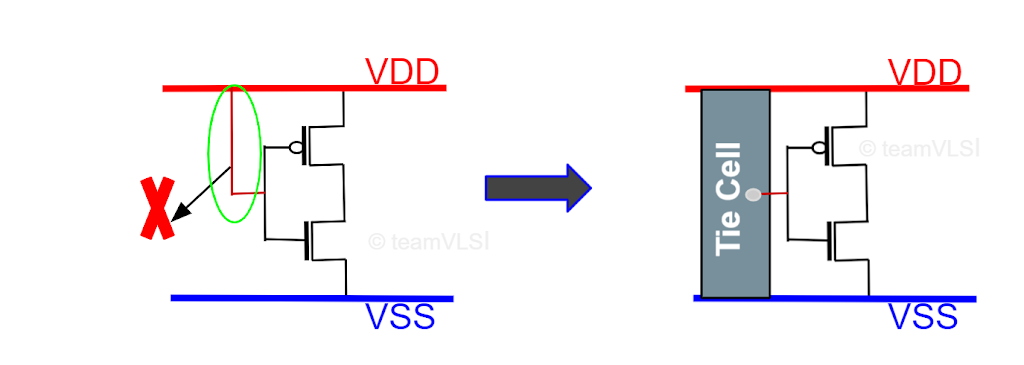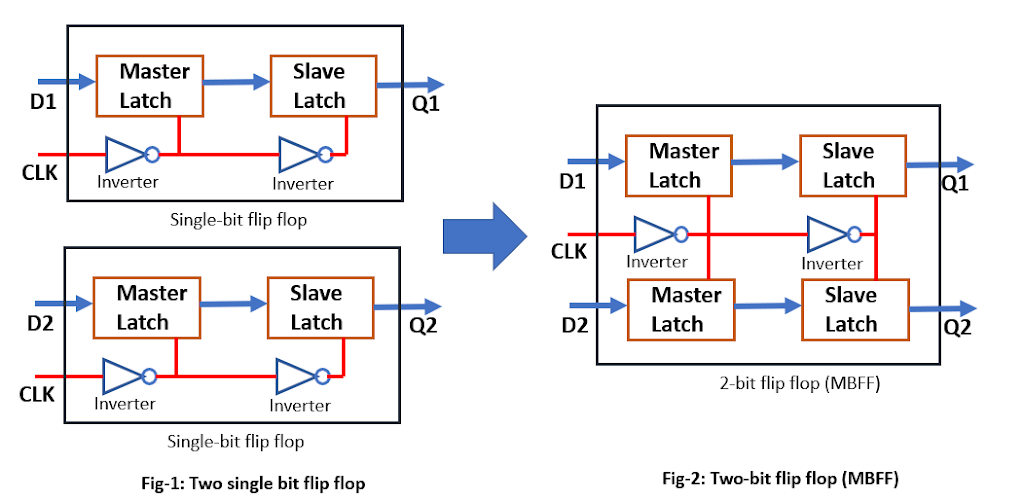Input Files Required for PnR and Signoff Stages
In this article, we are going to discuss the input files required in various stages of pnr and signoff. We can categorise the set of inputs into two parts, one is mandatory and the other is an optional set of inputs. A. Place and Route stages: I. Pre Placement Stage Gate level netlist Logical Library … Read more










